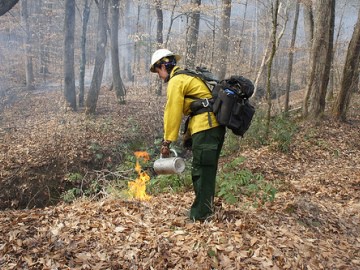By Matthew Koehler, Ian M. Lange and John Snively
Last fall news broke that the University of Montana was planning to construct a $16 million wood-burning biomass plant on campus next to the Aber Hall dormitory. UM officials claimed the biomass plant would save UM $1 million annually and protect Missoula’s air quality by reducing emissions over the existing natural gas heating system.
As interested citizens, we attended the university’s biomass “poster presentation” last December, which, unfortunately, raised more serious questions than it answered. So we continued to ask questions and research the proposal. In March, we even conducted an “open records” search of UM’s biomass project file, pouring over hundreds of documents and emails between UM officials and representatives of Nexterra, a Canadian biomass boiler manufacturer, and McKinstry, a Seattle energy services company. Suffice to say, our records search turned up even more troubling questions, especially related to costs, maintenance and emissions.
As the Missoulian reported last month (April 20), information in UM’s air quality permit application to the Missoula City-County Health Department showed that “Contrary to previous claims by UM administrators, the university’s proposed biomass boiler will not reduce emissions to levels below that of natural gas. In fact, UM’s proposed state-of-the-art biomass gasification plant will produce nearly twice as much nitrogen dioxide as its existing natural gas boilers – and in some cases, will release three times as much particulate matter.” The emissions are higher than what McKinstry’s feasibility study predicted.
Our records search also turned up a document showing that the biomass plant would also increase emissions of carbon dioxide, nitrogen oxides and volatile organic compounds by 40 percent or more over the existing natural gas system.
Obviously, Missoula is prone to severe inversions and air stagnation, especially during winter, when the greatest load would be on the biomass system. We found a UM biomass grant application that stated, “The Missoula Valley’s constrained topography presents ideal research conditions for long term analysis of environmental impacts of efficient woody biomass boiler combustion.” Do we really want to risk Missoula’s air quality for the sake of research?
It’s also been difficult to get an accurate assessment from UM of the biomass plant’s up-front and long-term costs, something all Montana taxpayers deserve. For starters, we noticed in the project file that in April 2010 the cost of the biomass plant was $10 million. By July, the cost went to $14 million. Now it sits at $16 million. UM’s financial pro forma also shows that during the first 20 years the biomass plant would need nearly $10 million for additional operation and maintenance expenses over the existing natural gas system.
The pro forma is also troubling in other aspects. It over-estimates the cost of natural gas, while under-estimating the cost of biomass fuel trucked to campus, especially given rising diesel costs. The pro forma also completely zeros out all natural gas expenses and maintenance costs, even though UM now admits that a natural gas boiler would be used during cold winter days to augment the biomass system, and also used from May to September, when the biomass system is too powerful to use.
Further complicating the picture, UM realized during the permitted process that its existing natural gas boilers are in violation of air pollution limits. The fix will cost around $500,000. And UM’s contract with McKinstry was amended recently, meaning that UM is already contractually committed to McKinstry for $532,000 just for project development.
It is our belief that all of these significant issues need to be fully analyzed and rechecked, not just by the biomass project’s supporters, but also by the Board of Regents, independent of McKinstry and UM. Guarantees of performance by McKinstry need to be carefully scrutinized, as other colleges have paid the price for poorly written contracts or poorly vetted companies.
At the end of the day, Montana taxpayers deserve to see accurate, updated financial information from UM concerning all aspects of the biomass plant, including the initial $16 million price tag and $10 million needed for additional operation and maintenance expenses. And Missoula’s citizens have a right to expect that the University of Montana would not risk Missoula’s fragile air quality by needlessly increasing emissions over present levels.
Matthew Koehler is executive director of the WildWest Institute; Ian M. Lange is a professor emeritus, Department of Geosciences at the University of Montana; and Dr. John Snively is a retired dentist. All three live in Missoula.
Here’s the U of M Biomass website.











 The Ozark-St. Francis National Forest in Arkansas. Photo credit: Rhea S. Rylee, U.S. Forest Service.
The Ozark-St. Francis National Forest in Arkansas. Photo credit: Rhea S. Rylee, U.S. Forest Service.
